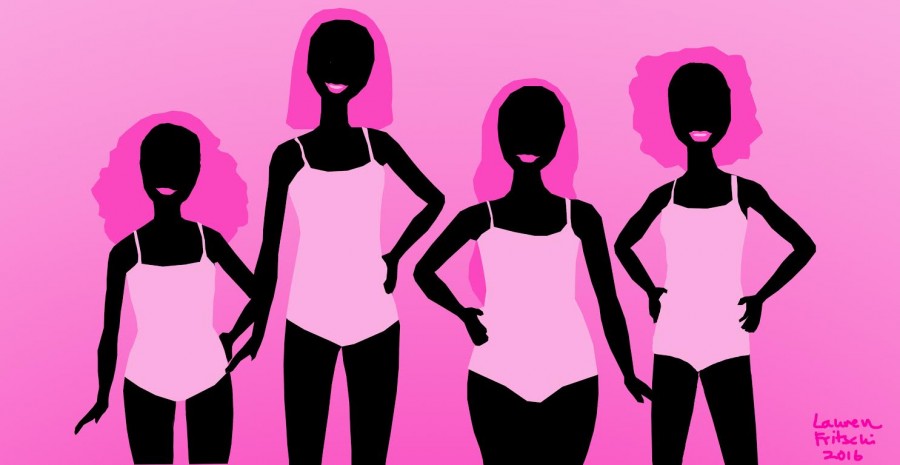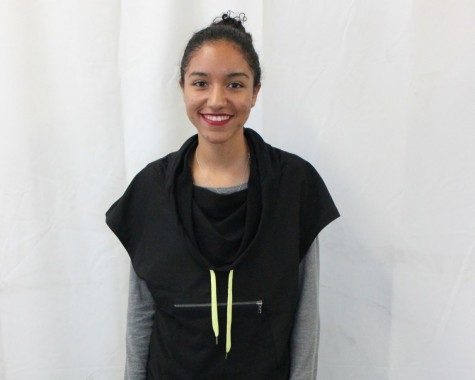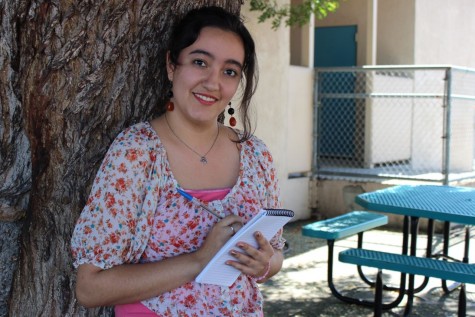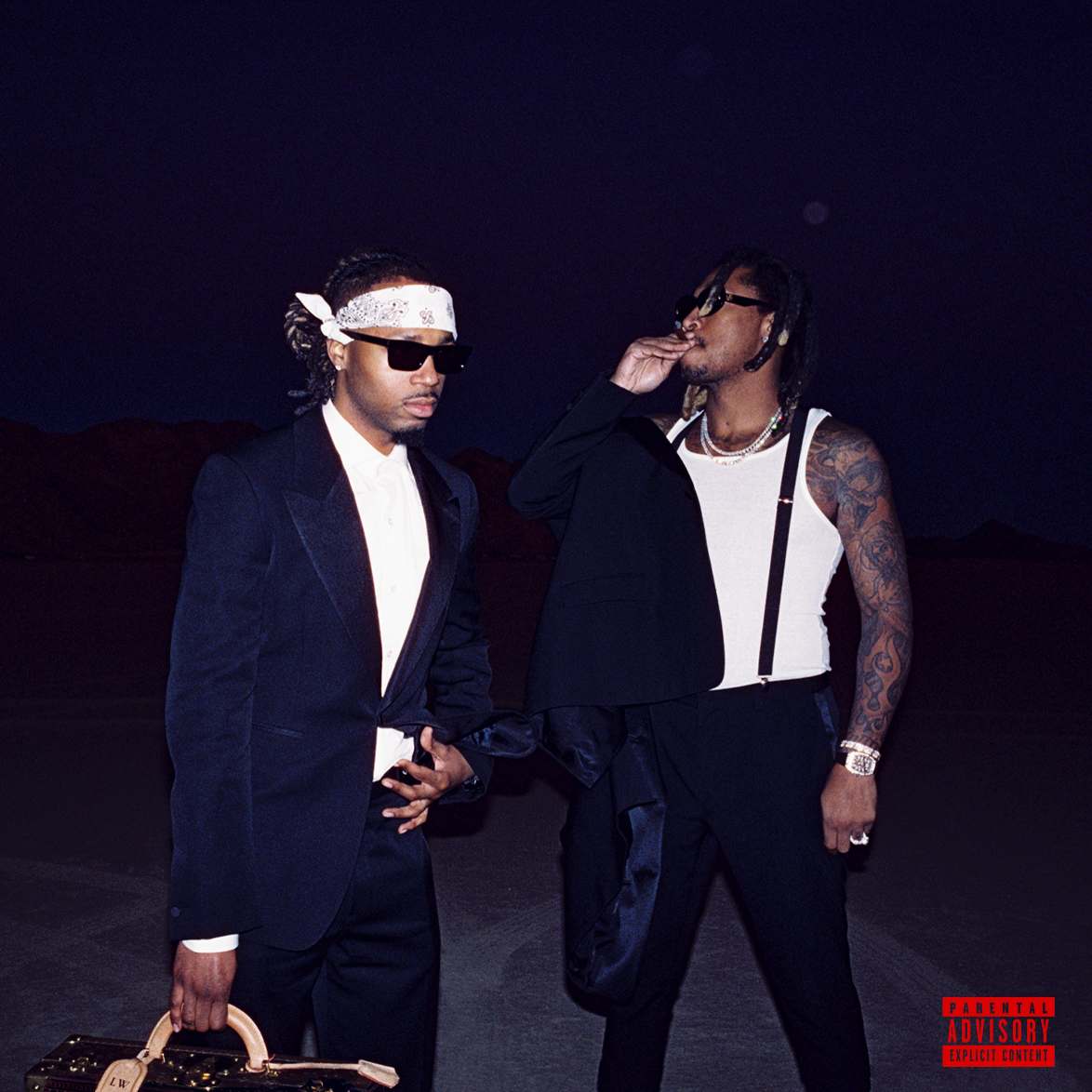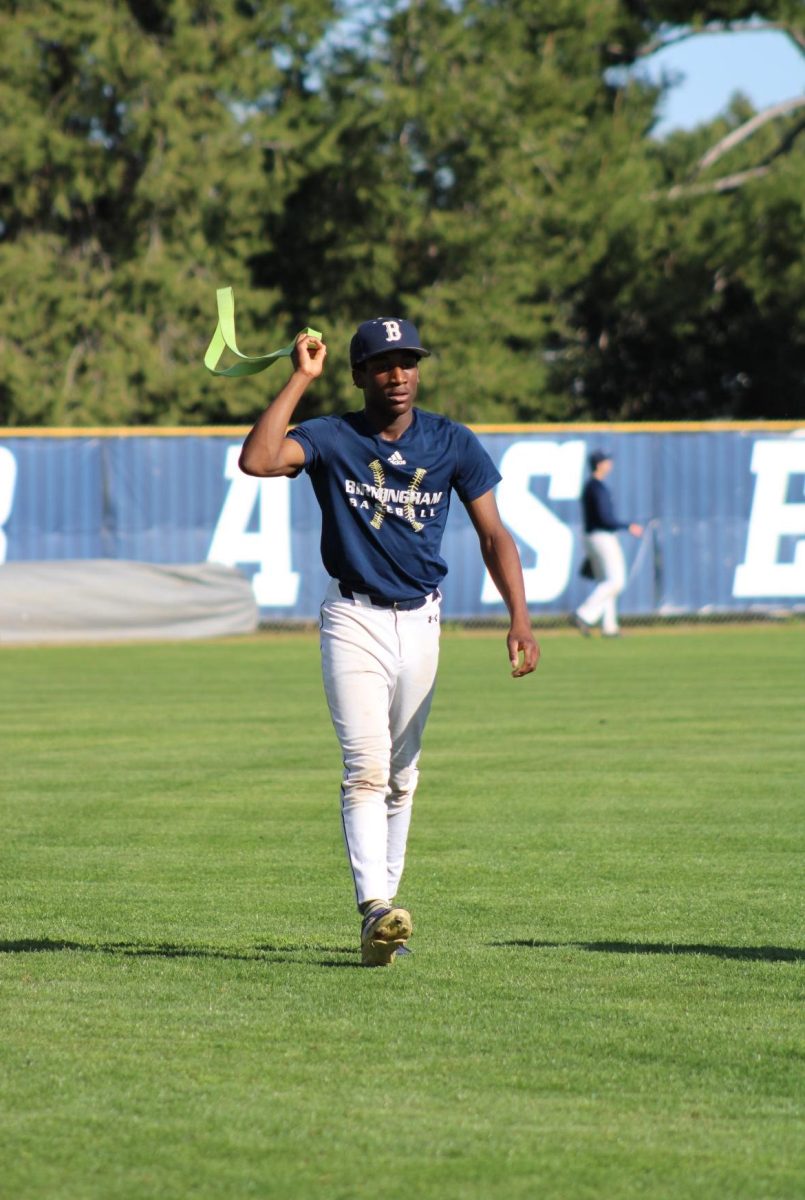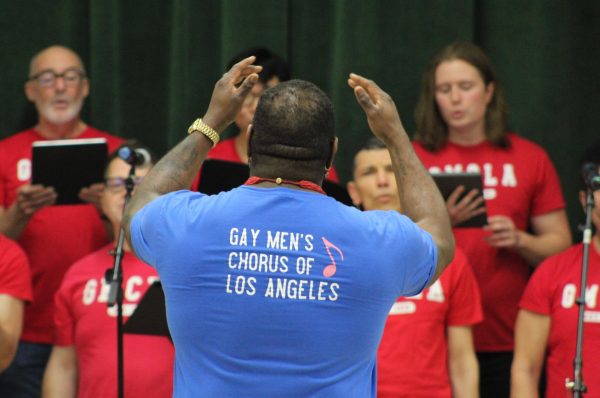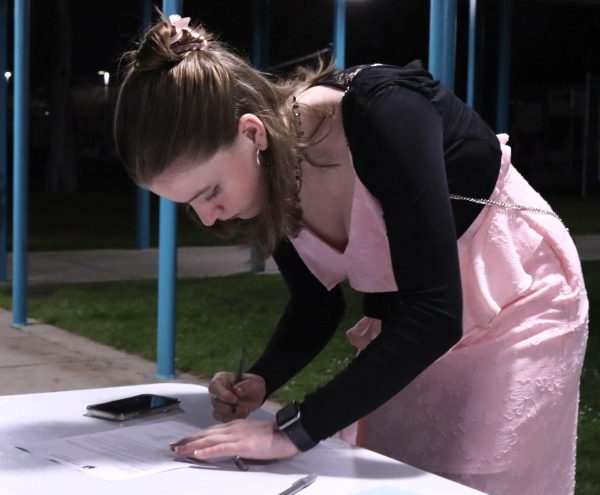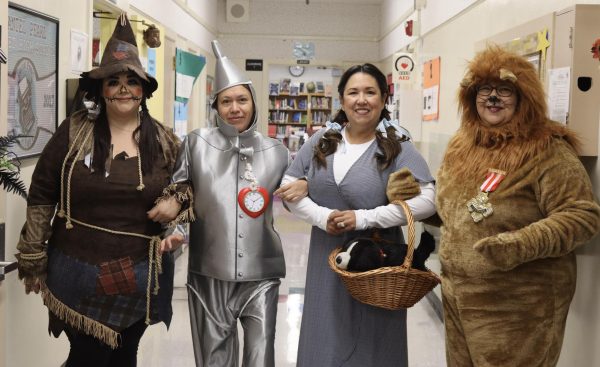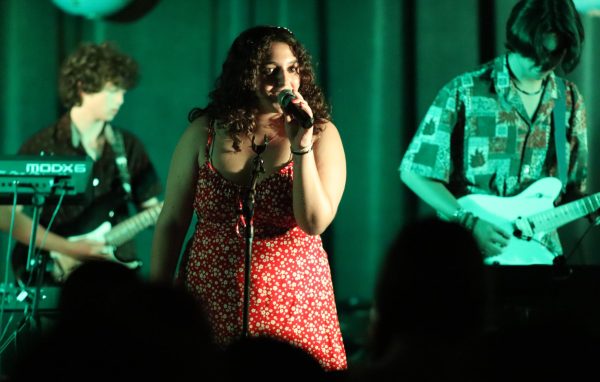Barbie, a childhood classic, is now more diverse
March 11, 2016
The Barbie has been an iconic children’s toy for the past 57 years with the white thin female Barbie as its trademark product. In a changing time with a more diverse and accepting generation, Barbie has decided to make an important and well needed leap into a new world of change and awareness by creating 33 new dolls with a range of ethnicities, hair types, and body types.
This is a great addition to the Barbie line because it shows children the importance of accepting what you look like. Children are now being exposed to a whole different attitude about self importance and being proud of who they are.
The Barbies now come in tall, petite, curvy and the original body type. They are available in seven skin tones, 14 “face sculpts” and 22 eye colors, ranging from a deep dark brown to a light aqua blue. There are also 24 different hairstyles like a dark blue do and short burgundy curls. The Barbies wear on-trend fashions and accessories that compliment each of the new traits available.
The famous “Barbie” began with an inspiration of Ruth Handler, creator of Barbie, as she watched her daughter play with paper dolls. Her daughter and her friends used the paper dolls to project their aspirations and dreams and to imagine themselves in those situations. She noticed there was never a true doll that could satisfy their imagination and from there, the Barbie was born.
For decades, the traditional Barbie has been the same doll with the same skin, same body type and same features. It wasn’t until 1968 when the Christie Doll came out and she was the first African American Barbie size Doll. Even though Mattel has made all kinds of dolls either African American or white, there has never been a real diverse range of Barbies out on the market.
Even though this is an important addition on the lives of young children, many people believe that this wasn’t needed because when they were younger. When I was a child, I didn’t think twice about the dolls I was playing with. The complex thought about racial justice and equality might not even cross the minds of kids.
A video on Barbie.com, however, shows young girls saying that they are happy to be playing with dolls that look like real people. Times have changed, so the society we’re in now has little girl’s feeling insecure about how they look.
“I appreciate the fact that they are trying to incorporate different kinds of ethnicities instead of just white and it makes me proud to be in a time of change,” said junior Arianna Aguayo.
Making a product as revolutionary as this is one of the greatest things to happen for a children now, especially in the loving and accepting caduceus culture in. It’s giving children the ability to see that they aren’t supposed to look like the traditional Barbie. All the young children of color can now have a doll that looks like them. Children can be confident in who they are, knowing there is no set image of how someone should look.
“It’s important for Barbies to look different, you know like the real people in the world,” said one of the girls in the Barbie video.


